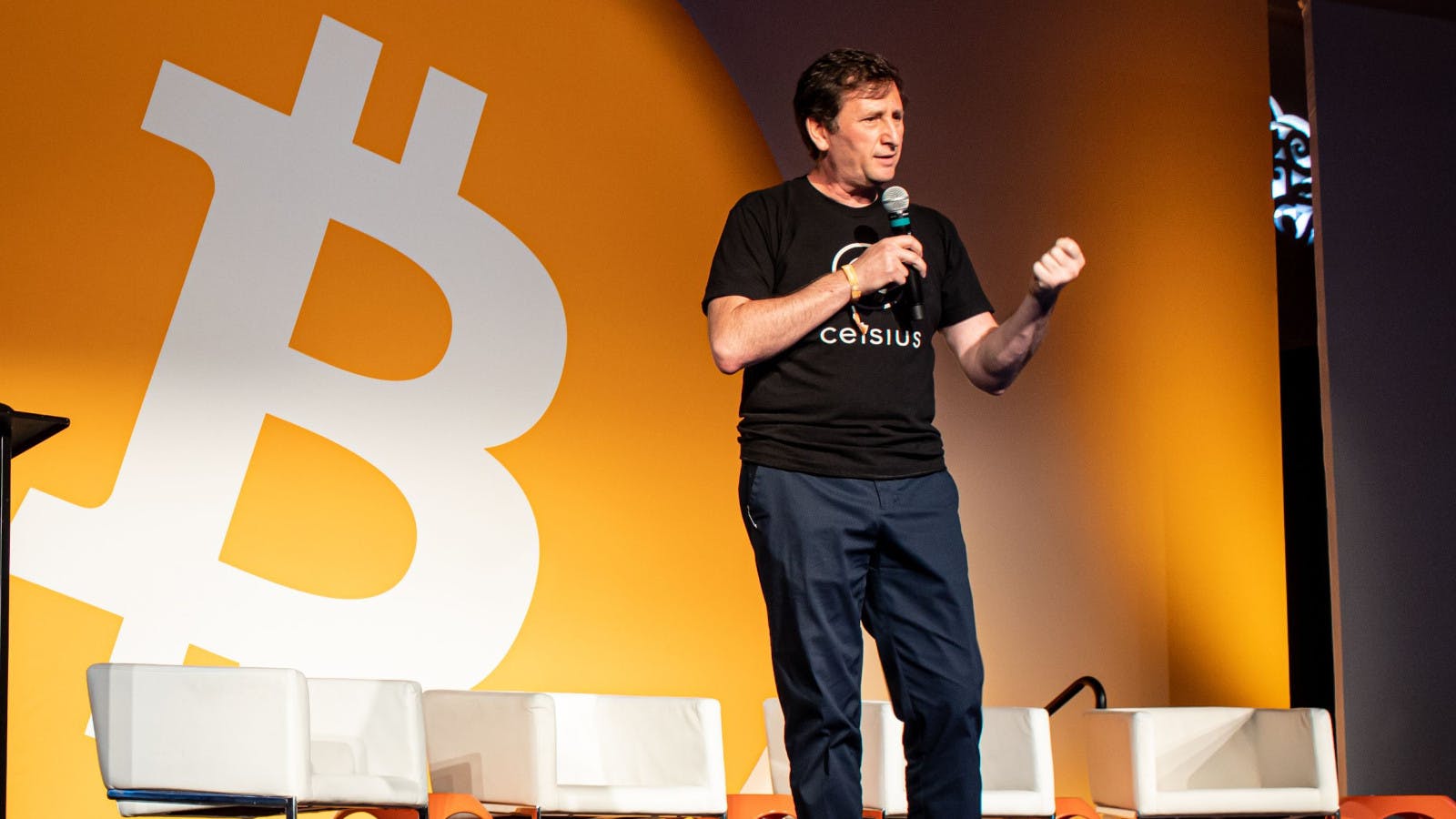Celsius Creditors Fight To Stop $23M Stablecoin Sale
The court should deny Celsius’ stablecoin sale as the lender hasn’t established ownership of the assets, creditors have said

Former Celsius CEO Alex Mashinsky | Source: Shutterstock
- Celsius filed a motion to sell stablecoins in its treasury last month, but a court has yet to approve it
- State regulators in multiple states have already filed objections over the potential sale
Celsius’ committee of unsecured creditors is taking another swing at the embattled crypto lender — this time over its plans to cash out its stablecoins.
On Sept. 15, Celsius asked the court for permission to offload its stablecoin holdings to fund operations. Joshua Sussberg, the lender’s lawyer, said the firm held 11 different types of stablecoins worth $23 million but didn’t divulge which ones they were or how the firm acquired them.
In its filing, Celsius noted “any stablecoin held by the Debtors’ postpetition activity constitutes property of the Debtors’ estate” and the “proceeds generated by the sale of stablecoin also constitutes property of the Debtors’ estate.”
The firm’s unsecured creditors have objected to that request, asking the court to deny the sale on the grounds that Celsius hasn’t established ownership of the assets, according to a motion filed on Tuesday.
Celsius creditors grapple with ‘not your keys, not your coins’
Since Celsius filed for bankruptcy in July, the risks around centralized crypto lending became clear as investors grew conscious of its terms of service. One key legal question in the firm’s initial days of bankruptcy proceedings was “are the cryptoassets in Celsius’ possession property of the estate?”
In its disclosures, nowhere does Celsius refer to the digital assets on its platform as customer property (not your keys, not your coins). It also states that insolvency doesn’t guarantee the return of funds.
“In the event that you, Celsius or any Third-Party Custodian becomes subject to an insolvency proceeding, it is unclear how your Digital Assets would be treated and what rights you would have to such Digital Assets,” it explains in the terms of use.
Celsius’ creditors are fighting the lender’s reasoning, arguing it has “not met their burden to establish which (if any) crypto assets constitute property of the estate.”
“Simply put, until the Debtors provide sufficient evidence to establish that they own the stablecoin they are seeking to sell, they should not be permitted to sell those assets,” they said.
In case Celsius isn’t able to demonstrate ownership, an alternative would be for it to prove an “immediate need” to sell stablecoins; and approval should ensure the affected account holders receive adequate protection, the committee said.
State regulators from Washington, Wisconsin, Vermont and Texas had earlier filed objections to the crypto lender using its claimed stablecoins on similar grounds.
A hearing on the matter is scheduled for Nov. 1 at 11:00 am ET.
The creditors’ committee has often spoken out against Celsius’ actions in the wake of its bankruptcy, seeking to pursue investigations against former CEO Alex Mashinsky and other key insiders.
Mashinsky stepped down from his CEO position after the committee called for his removal in September. The group has also said it would look into the conduct of other key Celsius insiders including their “problematic asset deployment decisions.”
Get the news in your inbox. Explore Blockworks newsletters:
- The Breakdown: Decoding crypto and the markets. Daily.
- 0xResearch: Alpha in your inbox. Think like an analyst.






